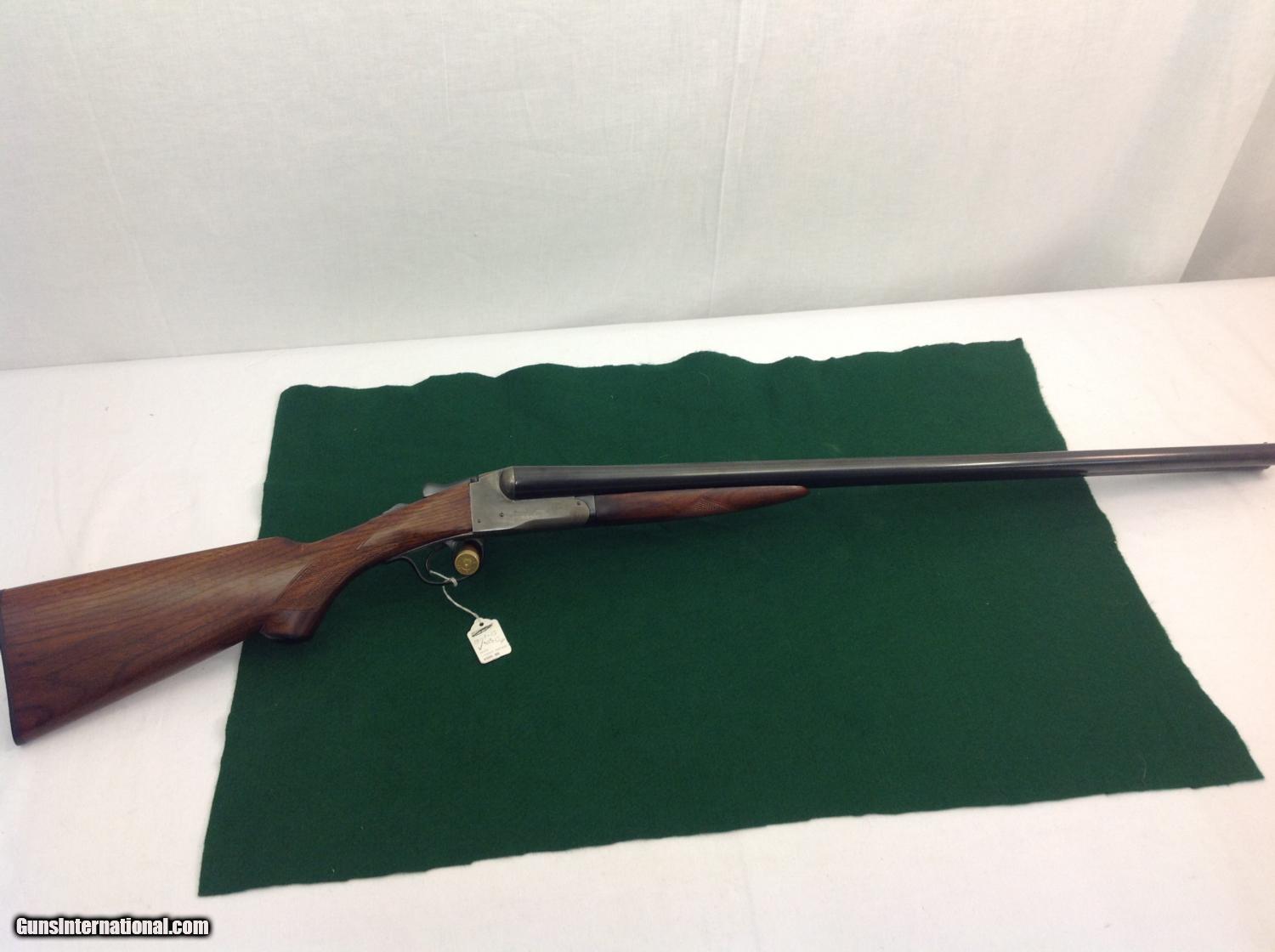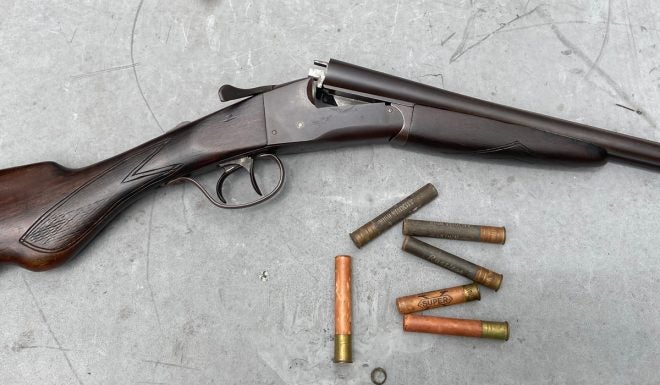
It has a single extractor, no ejectors.īreaking the barrels open allows loading & unloading, cocks the internal hammers, and operates the single extractor, which pulls the rear of both shells backwards to aid in removing them. When I got a chance at a squirrel, I would slip the slugs out and slide in some seven-and-a-half shells. I’d load the old Nitro Special with slugs (no kidding) on the off chance a suicidal deer or hog appeared, which never happened. Sometimes, Dad and I would call ourselves deer hunting, and would go find a place to sit in the woods. This allowed the use of longer shells which carried a bit more shot. This Nitro Special 410 was only chambered for 2.5-inch shells, but Dad had a gunsmith friend bore this one out to accept 3″ shells. These are some of those old shells, in numbers 6, 4, and 7-1/2 shot. Plastic shotgun shells were modern back in the early 1980s, but I usually hunted with what we had, which was old paper shells. Dad had this old gun bored out to accept 3″ shells. Some of the old paper shotgun shells I used to hunt with. We would go hunting for a weekend with those shotguns, and when we got home it was my job to break them both down and clean them. My first gun-cleaning experience was with this gun and Dad’s over/under 12 gauge. The barrel markings are also hand-worn, and the barrel rib has a cool pattern of interlocking ovals rather than a more typical grooved design.

Top of barrels marked ‘LeFever Nitro Special’ and ‘LeFever Arms Co.,Ithaca,N.Y.” There’s no telling how many squirrels I bagged with it. I used this scattergun to make my first kill: An armadillo. The checkering is basic, just like everything else about the gun. Looking at photos of other Nitro Specials, the checkering was simply decorative and the diamonds were never pointed. I asked my father about the different look of the checkering, and he said that he’d used a pocket knife to “freshen up” the well-worn checkering before he knew any better, but had stopped before he got very far. Hand-cut checkering is different on each side. Since the gun was made around 1924, it had ample opportunity to become well-worn even before Dad got hold of it. During long hours walking and sitting in the Florida woods, I got to know every mark on this old shotgun. The butt plate offers more testimony to this gun’s hard life, with chips missing from both top and bottom. A large chip has been missing from the butt plate for longer than I’ve been alive. I have no idea what caused the deep gouge in the left side of the stock wrist, but it looked really old the first time I saw it, lo those many years ago. I toted it for many a mile and I’m sure I gave it my share of wear & tear, but someone before me had put many more miles on it than I ever did, even wearing away the engraving from the steel receiver - and erasing every trace of the case coloring that used to adorn the receiver’s surface. My first forays into the woods in search of game were taken with this very shotgun clutched in my bony little hands. That gouge in the stock appeared ancient 40+ years ago when I first saw this gun. This old scattergun has the same engraved scene on both sides, mostly worn away. It was a LeFever Nitro Special, essentially a mass-produced shotgun of good quality. His mama made him give one to his brother, so naturally Dad kept the double. Somewhere around young adulthood, my father became enamored of firearms and laid claim to them both there was a single-shot and a double barrel. They had to be cheap, because there was never much money to go around.

The story goes that my father’s father managed to get hold of a couple old 410 shotguns for cheap. In my case, the first firearm I could call my own was a side-by-side 410 shotgun, which I first carried in the woods nigh on 40 years ago. What was your first gun? Chances are, it’s the one that made the biggest impression on you, but it may not be the first one you fired.

My first gun, a LeFever Nitro Special, has a lot of miles on it. My First Gun Was This LeFever Nitro Special.


 0 kommentar(er)
0 kommentar(er)
